A383 aluminum alloy, also known by its Japanese designation ADC12, is a widely used die-casting alloy in the manufacturing industry. This alloy is part of the aluminum-silicon (Al-Si) family and is often chosen for its exceptional combination of mechanical properties, ease of casting, and relatively low cost. A383 is a variant of the more common A380 alloy, tailored for specific casting applications where better resistance to heat, corrosion, and pressure is required.
The versatility of A383 makes it suitable for various applications, including automotive components, electronics housings, and a wide range of consumer products. Understanding the composition, properties, and comparisons with other similar alloys such as A380 is crucial for selecting the appropriate material for specific industrial applications.
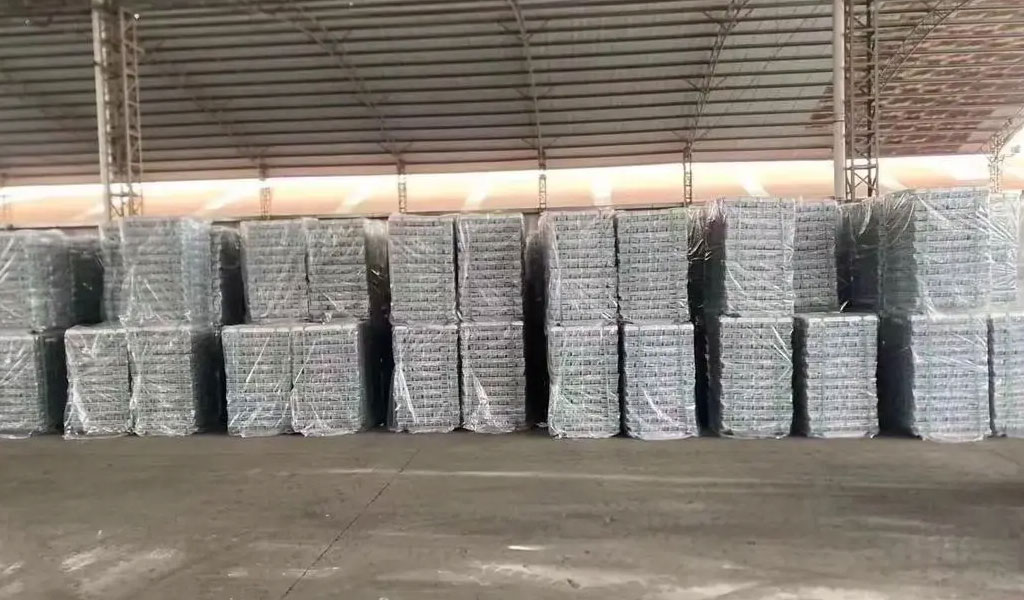
What is A383 Aluminum Material?
A383 (ADC12) was developed to meet the demand for a die-casting alloy with improved mechanical properties and casting characteristics over the traditional A380.
The development of A383 focused on enhancing fluidity, reducing shrinkage, and improving thermal conductivity, making it suitable for complex and high-pressure die-casting applications.
A383 aluminum is a specific type of aluminum alloy commonly used in the die-casting industry. It is known for its excellent balance of mechanical properties, ease of casting, and resistance to various environmental conditions. A383 is also referred to by its Japanese designation, ADC12, and is part of the broader aluminum-silicon (Al-Si) family of alloys.
A383 Aluminum Equivalents
A383 is a popular aluminum alloy used in die casting due to its excellent mechanical properties, corrosion resistance, and castability. It’s often considered an equivalent to other aluminum alloys, especially A380.Here are some of the most common equivalents to A383:
Global Equivalents:
- ADC12: A common equivalent in China, Japan, and other countries.
- LM24: Another common equivalent in Europe.
Specific Region Equivalents:
- USA/ASTM: 383
- China GB/T: ADC12
- Vietnam/Japan JIS: ADC12
Disadvantages of A383 Aluminum
While A383 aluminum offers many advantages, it also has some potential drawbacks:
- Lower Strength Compared to Some Alloys: A383’s strength may be lower than some other aluminum alloys, particularly those designed for high-stress applications.
- Susceptibility to Stress Corrosion Cracking: In certain environments, A383 can be susceptible to stress corrosion cracking, a form of localized corrosion that can occur under specific conditions.
- Limited Heat Resistance: Compared to some specialized heat-resistant alloys, A383 may have limitations in high-temperature applications.
- Potential for Porosity: The casting process can sometimes lead to porosity or small voids within the material, which can affect its mechanical properties and appearance.
Advantages of A383 Aluminum
A383 is a widely used aluminum alloy, particularly in die casting applications, due to its numerous advantages. Here are some of the key benefits:
- Excellent Castability: A383 is known for its excellent castability, making it suitable for complex shapes and intricate designs.
- Good Mechanical Properties: It offers a balance of strength, ductility, and toughness, making it suitable for various structural and functional components.
- Corrosion Resistance: A383 exhibits good resistance to corrosion, making it suitable for applications exposed to harsh environments.
- Machinability: The alloy is relatively easy to machine, allowing for precise and efficient fabrication of components.
- Weldability: While not as weldable as some other aluminum alloys, A383 can be welded under specific conditions.
- Cost-Effective: Compared to some other high-performance aluminum alloys, A383 offers a good balance of properties and cost.
These advantages make A383 a versatile choice for a wide range of applications, including automotive components, consumer goods, and industrial machinery.
Chemical Composition and Material Properties of A383 (ADC12) Aluminum
A383 aluminum alloy consists of a carefully balanced combination of elements that contribute to its desirable properties. The primary elements include:
Chemical Composition
The specific range of each element is designed to enhance the alloy’s properties, such as fluidity, thermal conductivity, and mechanical strength.
| Element | Range | Role |
|---|---|---|
| Silicon (Si) | 10.0–12.0% | Enhances fluidity, wear resistance, and dimensional stability. |
| Copper (Cu) | 2.0–3.0% | Increases strength and hardness; can reduce corrosion resistance. |
| Iron (Fe) | 0.8–1.3% | Contributes to strength but can cause brittleness if excessive. |
| Zinc (Zn) | 2.0–3.0% | Improves strength and resistance to atmospheric corrosion. |
| Magnesium (Mg) | 0.1% max | Enhances strength and machinability. |
| Manganese (Mn) | 0.3% max | Improves tensile strength and reduces brittleness. |
| Nickel (Ni) | 0.5% max | Adds strength and resistance to oxidation. |
| Tin (Sn) | 0.35% max | Improves machinability. |
| Aluminum (Al) | Balance | Primary component; provides base metal. |
Role of Each Element
- Silicon (Si): Improves fluidity and reduces shrinkage during casting. It also enhances wear resistance.
- Copper (Cu): Increases strength and hardness but can reduce corrosion resistance.
- Iron (Fe): Adds strength but can lead to brittleness if present in excessive amounts.
- Magnesium (Mg): Contributes to strength and machinability.
- Zinc (Zn): Enhances strength and provides good resistance to atmospheric corrosion.
- Manganese (Mn): Improves tensile strength and hardness, and reduces brittleness.
- Nickel (Ni): Enhances strength and resistance to oxidation at elevated temperatures.
- Tin (Sn): Improves machinability.
Material Properties
A383 aluminum alloy is known for its excellent mechanical properties, which include:
| Property | Value | Description |
|---|---|---|
| Tensile Strength | Approximately 310 MPa (45,000 psi) | Maximum stress the material can withstand while being stretched. |
| Yield Strength | Approximately 165 MPa (24,000 psi) | Stress at which the material begins to deform plastically. |
| Elongation | Around 3.5% | Amount of deformation the material can undergo before fracturing. |
| Brinell Hardness | Approximately 80 HB | Measure of hardness based on resistance to indentation. |
| Thermal Conductivity | Approximately 96 W/m·K | Ability to conduct heat. |
| Coefficient of Thermal Expansion | Approximately 21.8 µm/m·K (at 20-100°C) | Degree of expansion or contraction with temperature changes. |
| Melting Point | Approximately 560–615°C (1040–1130°F) | Temperature range at which the alloy melts. |
| Corrosion Resistance | Good | Resistance to atmospheric corrosion. |
| Castability | Excellent | Ability to be cast into complex shapes. |
| Machinability | Good | Ease of machining, with some tool wear due to hard intermetallic phases. |
This chart provides a concise summary of the essential chemical composition and material properties of A383 (ADC12) aluminum, helping to understand its suitability for various applications and processes.
Comparison with A380 Aluminum Alloy – ADC 12 vs. ADC 10
A383 and A380 are both widely used aluminum alloys in the die-casting industry, but they have distinct differences in composition, properties, and applications.
Understanding these differences is crucial for selecting the appropriate alloy for specific manufacturing needs. Here’s a detailed comparison of A383 and A380 aluminum alloys:
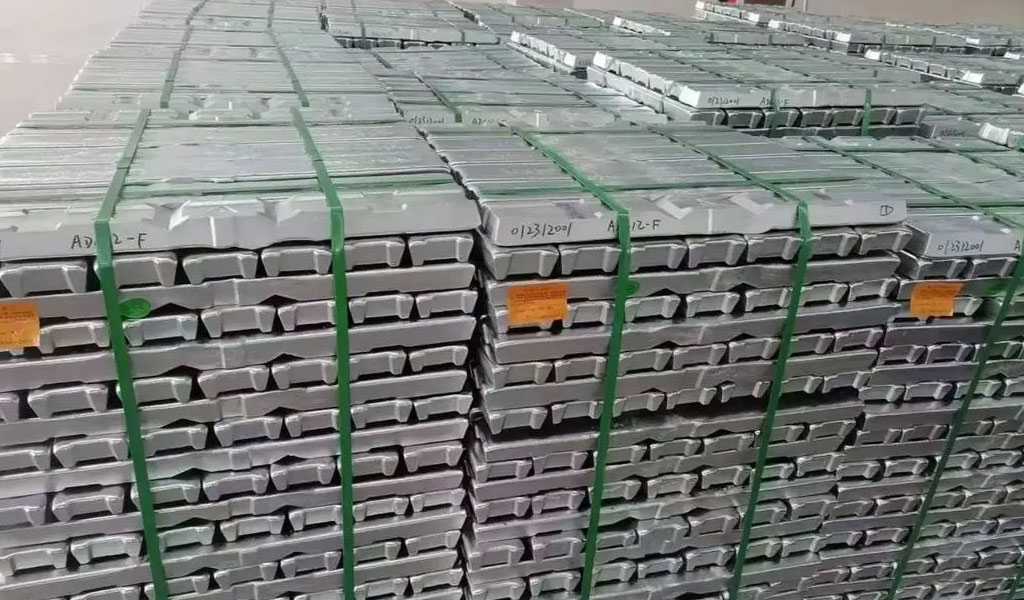
1. Chemical Composition
| A383 Element | A383 Range | A380 Range |
|---|---|---|
| Silicon (Si) | 10.0–12.0% | 8.0–9.5% |
| Copper (Cu) | 2.0–3.0% | 3.0–4.0% |
| Iron (Fe) | 0.8–1.3% | 1.0–1.3% |
| Zinc (Zn) | 2.0–3.0% | 0.5–1.0% |
| Magnesium (Mg) | 0.1% max | 0.3% max |
| Manganese (Mn) | 0.3% max | 0.3% max |
| Nickel (Ni) | 0.5% max | 0.5% max |
| Tin (Sn) | 0.35% max | 0.1% max |
| Aluminum (Al) | Balance | Balance |
Copper Content: A380 has a slightly higher copper content (3.0–4.0%) compared to A383 (2.0–3.0%), which can enhance strength but may affect corrosion resistance.
Zinc Content: A383 has a higher zinc content (2.0–3.0%) than A380 (0.5–1.0%), contributing to better strength and corrosion resistance.
2. Material Properties
Mechanical Properties:
| Property | A383 | A380 |
|---|---|---|
| Tensile Strength | Approximately 310 MPa | Approximately 275 MPa |
| Yield Strength | Approximately 165 MPa | Approximately 135 MPa |
| Elongation | Around 3.5% | Around 3.0% |
| Brinell Hardness | Approximately 80 HB | Approximately 70 HB |
Thermal Properties:
| Property | A383 | A380 |
|---|---|---|
| Thermal Conductivity | Approximately 96 W/m·K | Approximately 89 W/m·K |
| Coefficient of Thermal Expansion | Approximately 21.8 µm/m·K | Approximately 21.0 µm/m·K |
Key Differences:
- Tensile and Yield Strength: A383 generally offers higher tensile and yield strength compared to A380, making it suitable for applications requiring higher strength and durability.
- Elongation: A383 has slightly better elongation compared to A380, which enhances its ductility.
- Thermal Conductivity: A383 has higher thermal conductivity, making it more effective for applications requiring better heat dissipation.
3. Casting and Machinability
Casting Properties:
- A383: Known for its excellent fluidity and ability to cast complex shapes with high precision. The higher silicon content improves its castability and reduces the likelihood of shrinkage defects.
- A380: Also has good casting properties, but the slightly lower silicon content compared to A383 may result in marginally less fluidity and slightly higher shrinkage rates.
Machinability:
- A383: Generally offers good machinability with proper tooling, though the presence of hard intermetallic phases can lead to some tool wear.
- A380: Also provides good machinability but may be slightly easier to machine due to its lower silicon content, which can reduce tool wear.
4. Corrosion Resistance
- A383: Provides good resistance to atmospheric corrosion, particularly in environments where moderate exposure to corrosive elements is expected.
- A380: Also exhibits good corrosion resistance but may be slightly less resistant than A383 due to its lower silicon and higher copper content.
Both A383 and A380 aluminum alloys are valuable for die-casting applications, but their differences in composition and properties make them suitable for different uses. A383 offers higher strength, better fluidity, and slightly better thermal conductivity compared to A380, making it preferable for applications requiring enhanced performance and complex geometries. On the other hand, A380 is a versatile and widely used alloy with good casting and machinability properties, suitable for general-purpose applications. Understanding these differences helps in selecting the most appropriate alloy based on specific requirements and performance criteria.
Applications and Industry Use Cases
Both A383 and A380 aluminum alloys are widely used in various industries due to their favorable casting properties and mechanical characteristics. Here’s a detailed look at the applications and industry use cases for each alloy:
Automotive Industry:
- Engine Components: A383 is often used for manufacturing complex engine parts such as engine blocks and cylinder heads. Its high strength and good thermal conductivity help in managing engine temperatures and providing structural integrity.
- Transmission Housings: The alloy’s good casting properties and resistance to wear make it suitable for transmission housings, which require precision and durability.
Consumer Electronics:
- Device Enclosures: A383 is utilized in the production of housings for electronic devices like smartphones, tablets, and laptops. Its ability to cast intricate designs and excellent thermal conductivity help in heat dissipation and provide a sleek finish.
- Heat Sinks: Due to its high thermal conductivity, A383 is used in heat sinks for electronic components, ensuring efficient heat dissipation and preventing overheating.
Industrial Equipment:
- Pump Housings: The alloy’s strength and corrosion resistance make it ideal for pump housings, which must withstand mechanical stress and exposure to various fluids.
- Valves and Fittings: A383 is used for manufacturing valves and fittings in industrial machinery, where durability and precision are required.
Aerospace Components:
Structural Parts: Although less common than in automotive applications, A383 is sometimes used in aerospace for certain structural components that benefit from its strength and casting properties.
Conclusion
A383 Aluminum brings along balanced properties and machinability besides the conventional properties of aluminum. It provides all the advantages of aluminum along with a few of its own. A383 has become the dominant alloy, especially in Asia.However, the A380 maintains popularity in some regions as well.
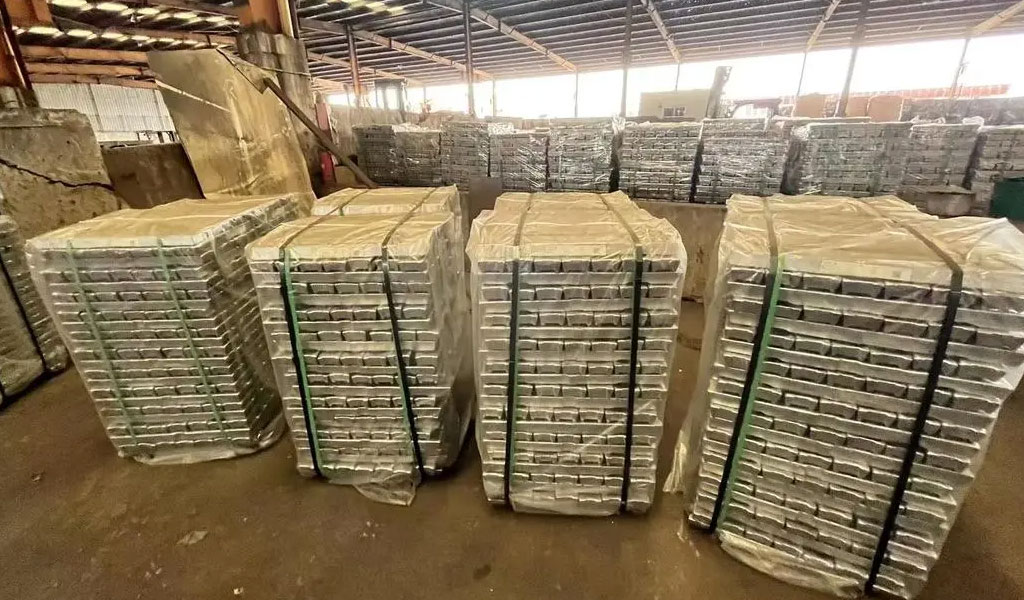
Aluminum die casting is a popular manufacturing process used to produce precise, complex metal parts across industries like automotive, aerospace, and consumer products.
Two of the most common aluminum alloys used in die casting are A383 and A380. A380 and A383 aluminum alloy composition A380 and A383 aluminum alloy composition A380 is a common pressure casting aluminum alloy with aluminum and silicon as the main components.
A383 is a pressure casting aluminum alloy with aluminum, copper, magnesium and zinc as the main components.
Despite the above risks, A383 Aluminum is a wonder material and has a highly positive impact on the industry as a whole. Due to so many grades with different properties, there is always a grade that is perfect for an application. It is essential to choose the grade wisely to ensure a cost-effective investment.
The Detail Of BE-CU Die Casting Company

If you are looking for dependable volume manufacturing metal parts supplier with High pressure die casting service who offers you competitive price, good service and quality for aluminium die casting, zinc, or magnesium die casting, then BE-CU Prototype are surely a partner you are looking for to fulfill all your die casting needs. With quality service and state of art technology, BE-CU indeed claim in providing quality pressure die casting including aluminum/zamak/magnesium alloy castings to our customers all over the world.
To work with us,be-cu don’t just stop at taking your order and delivering your die casting products. be-cu are there for you at every step right from your preferred selection of aluminum die casting, Zamak die casting (Zamak 2, Zamak 3, Zamak 5, Zamak 8) or magnesium die casting products and services to post-order phase. In brief, once you become our customer, be-cu are with you every step on the way.
-
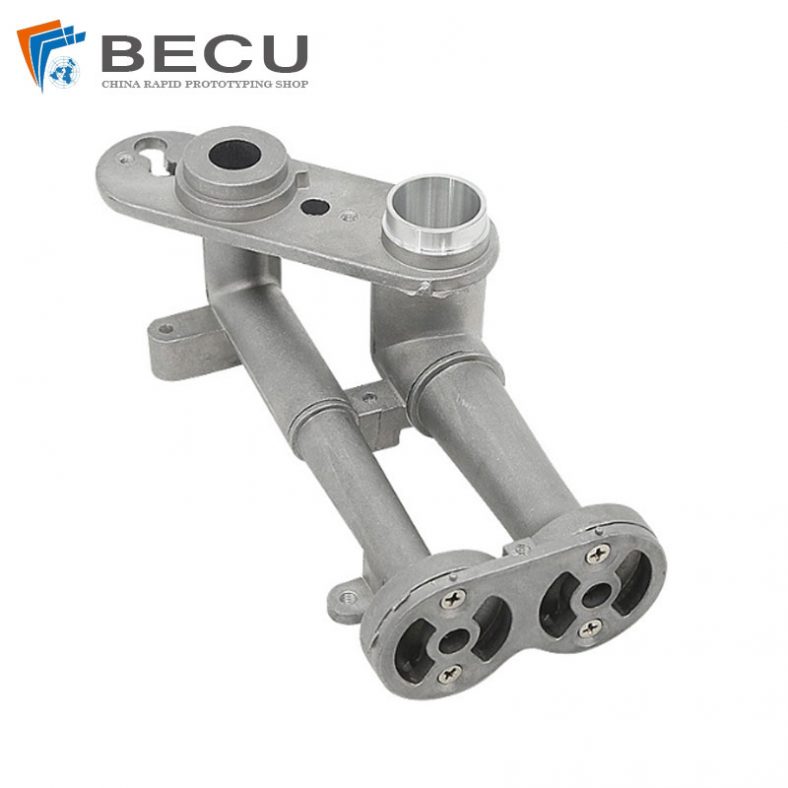
CNC Machining Gas Stove Bottom Joint
-

Gravity Die Casting Custom Street Light Heat Sink
-
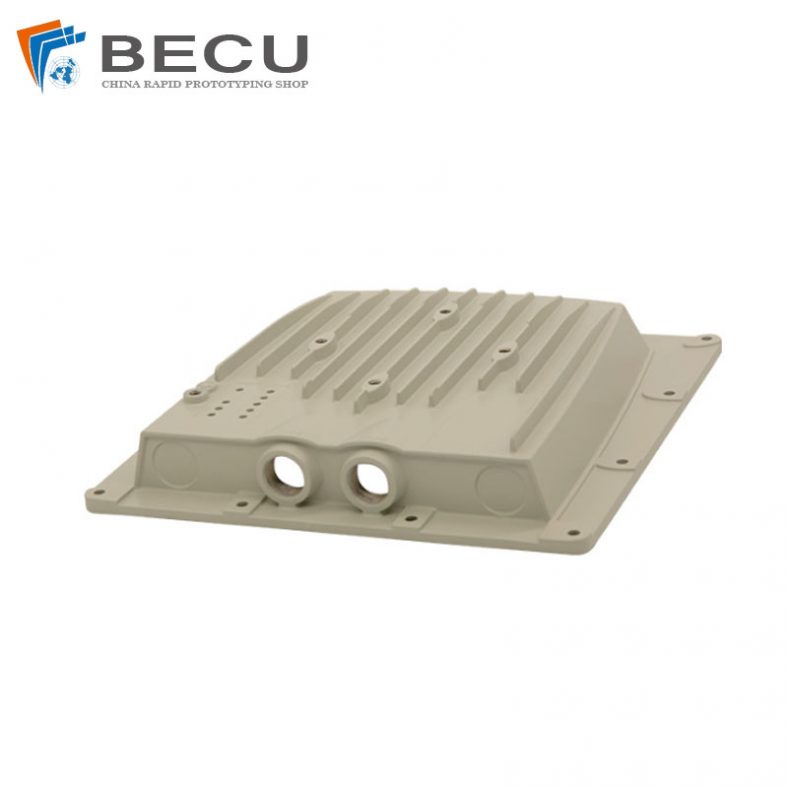
Die Casting LED Canopy Lights Heatsink For Gas Station
-
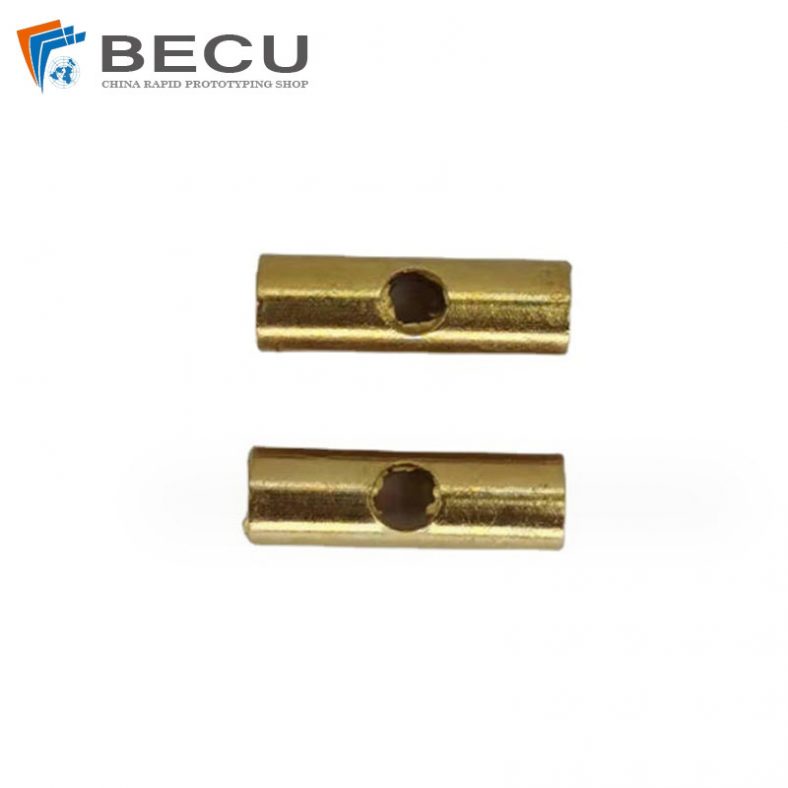
Zinc Die Casting PA10 Transformer Connector Terminal
-
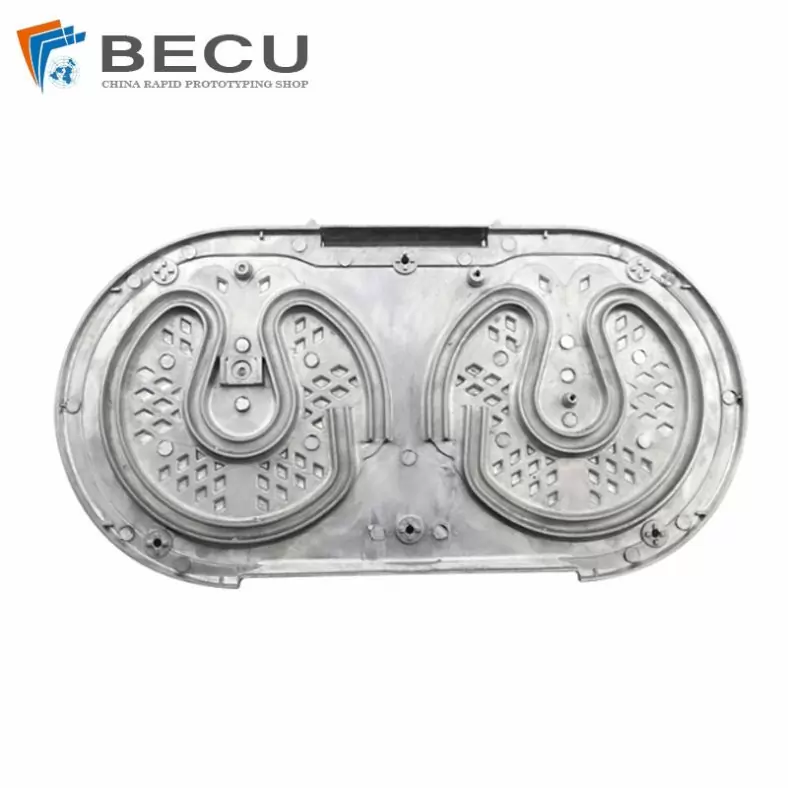
Die Casting Aluminium Cookware Chassis
-

Die Casting Wheels With Aluminum Alloy 5 Axis CNC Machining
-
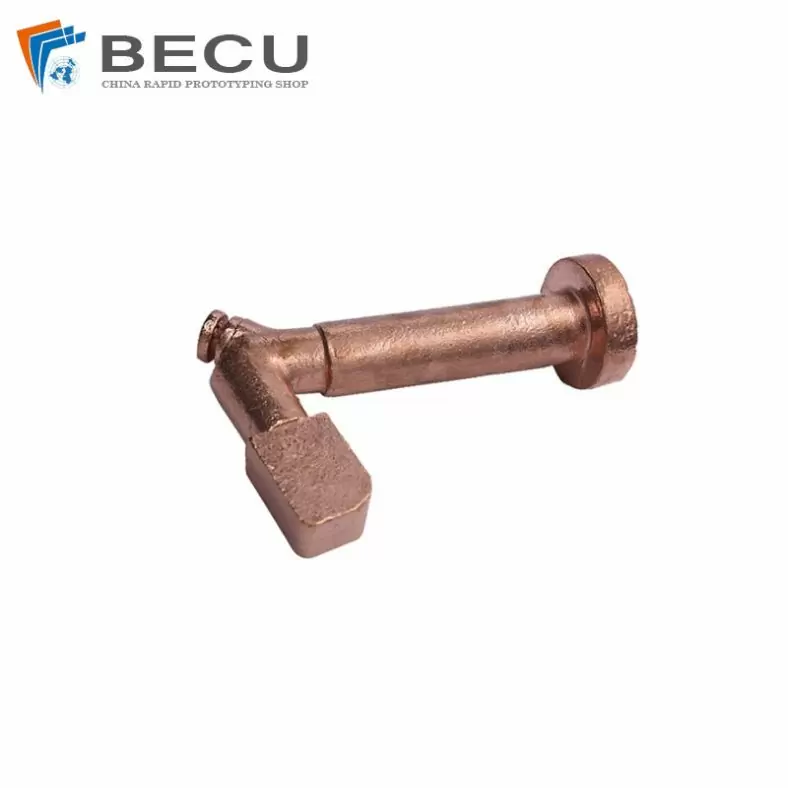
Precision Machined Copper Die Casting Parts
-
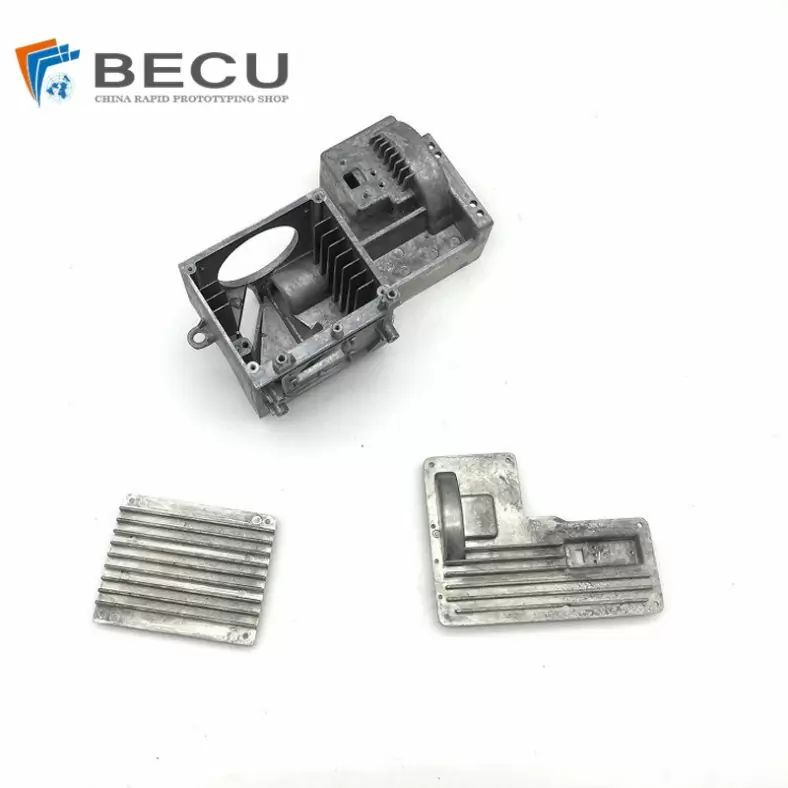
Professional Small Baler Aluminum Alloy Die-casting Mold Production
-
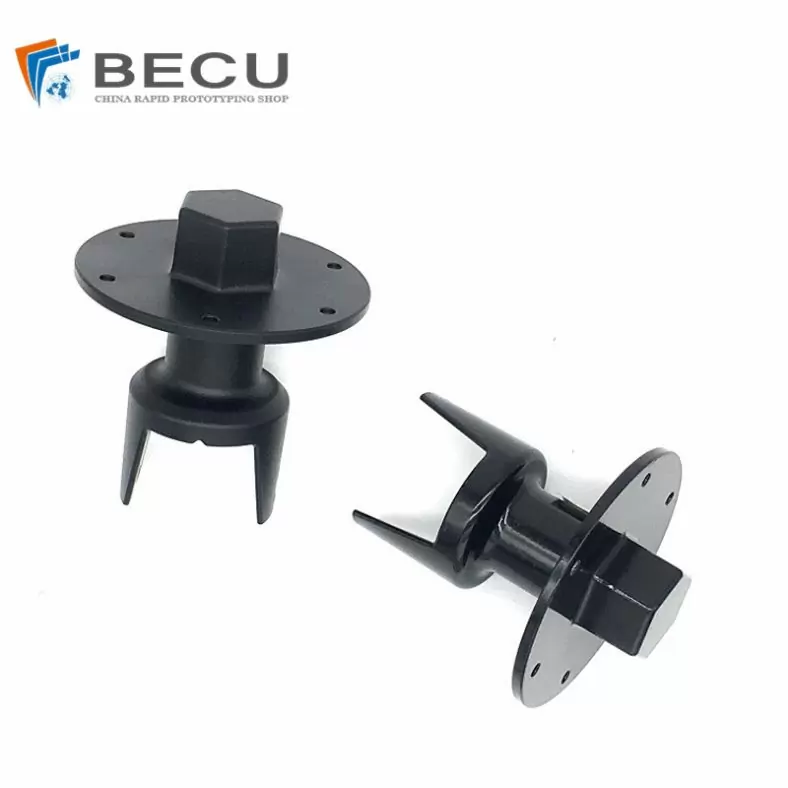
China Die Casting Factory Manufactures Surface Sprayed Aluminum Valve Body
-
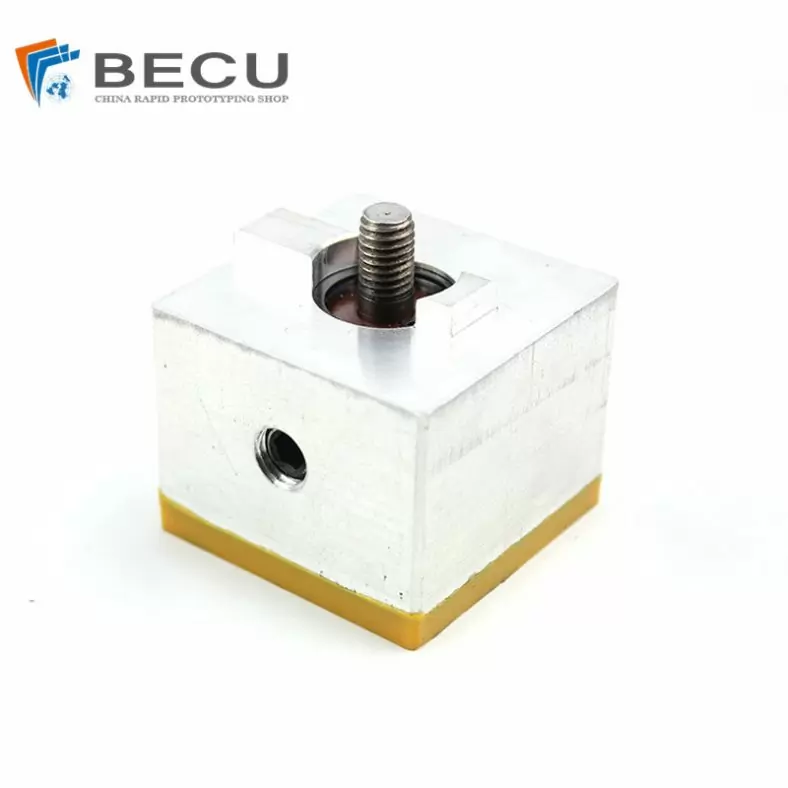
Extrusion Die-casting Polyurethane-Coated Aluminum Alloy Profiles
-

Custom Precision Aluminum Die Cast Brackets and Finishes
-
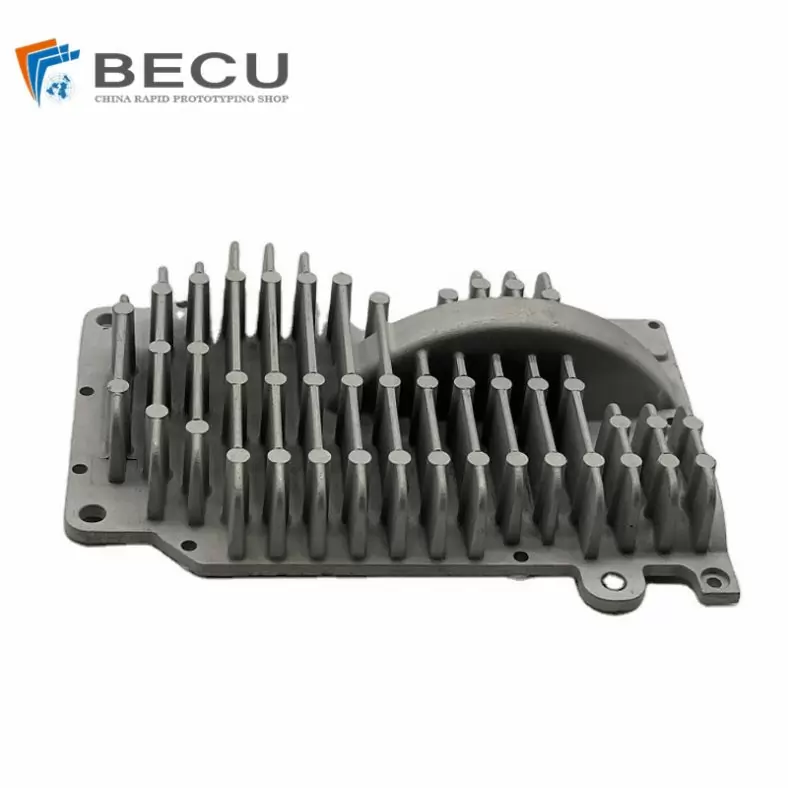
Extrusion Die-casting Magnesium Alloy Heat Sink Shell
